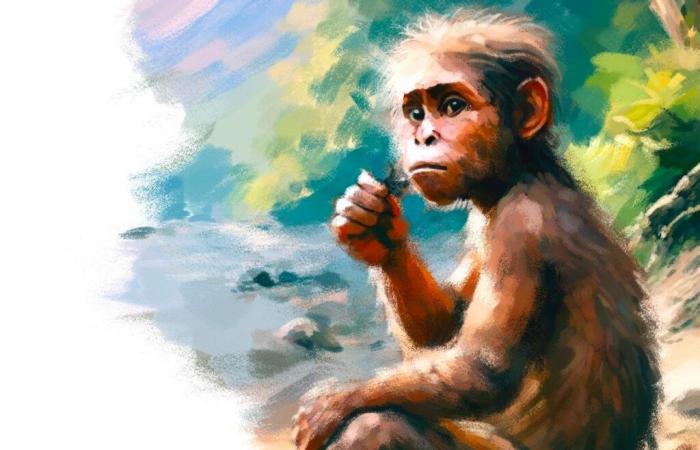CFifty years after her discovery in Ethiopia on November 24, 1974, Lucy remains an icon among prehuman fossils. When the American Donald Johanson and Tom Gray, the student who accompanied him, saw a few bone fragments protruding from an arid hill in Afar, they quickly understood that they were holding the holy grail of every paleoanthropologist. A specimen representing 40% of the skeleton of the same individual would quickly appear, which was unprecedented for such an ancient period – around 3.2 million years.
The same year, in Tanzania, a lower jaw, which will be associated with the same species, was unearthed. In 1975, 200 fossils were, in turn, exhumed in Afar, representing 17 probably related individuals. Others will follow, including a fossil of a 3-year-old child found in Dikika (Ethiopia) in 2000. Named Selam, it will be wrongly described as “Lucy's child” – he would have been born around 100,000 years before her.
This abundance of fossils led, in 1978, the Americans Donald Johanson and Tim White and the Frenchman Yves Coppens (1934-2022), co-director of the Afar expedition, to propose a species name for Lucy and her likes: Australopithecus afarensiswhose dates cover a period ranging from approximately 3.8 to 3 million years ago – which then made him the oldest potential human ancestor.
Also read (2023) | Article reserved for our subscribers Donald Johanson, discoverer of Lucy: “Understanding evolution is important because it links us to the natural world”
Read later
Fifty years later, what is the status of this australopithecus – 1.10 m and less than 30 kilograms – in our phylogenetic tree? For Donald Johanson, A. afarensis “remains our most probable ancestor and constitutes one of the most important species in the history of human evolution”. This is how he concludes an article co-authored with his Ethiopian colleague Yohannes Haile-Selassie, in Scientific American of November (and in its French version, For science), on the occasion of the anniversary of the discovery.
“Our great aunt”
The two researchers also review the numerous new species of the human lineage since its separation from that of chimpanzees, which we refer to as hominins, brought to light over the past half century. First there are the oldest, Sahelanthropus tchadensis (Chad), alias Toumaï, and Orrorin tugenensis (Kenya), 7 and 6 million years old respectively, and already bipedal. But also A. anamensissometimes presented as a close ancestor of Lucy, of which it was recently realized that the two species had probably coexisted. And all his contemporaries, more and more numerous (A. bahrelghazaliotherwise Abel, and A. I don't say, or even Kenyanthropus platyops).
You have 67.53% of this article left to read. The rest is reserved for subscribers.






